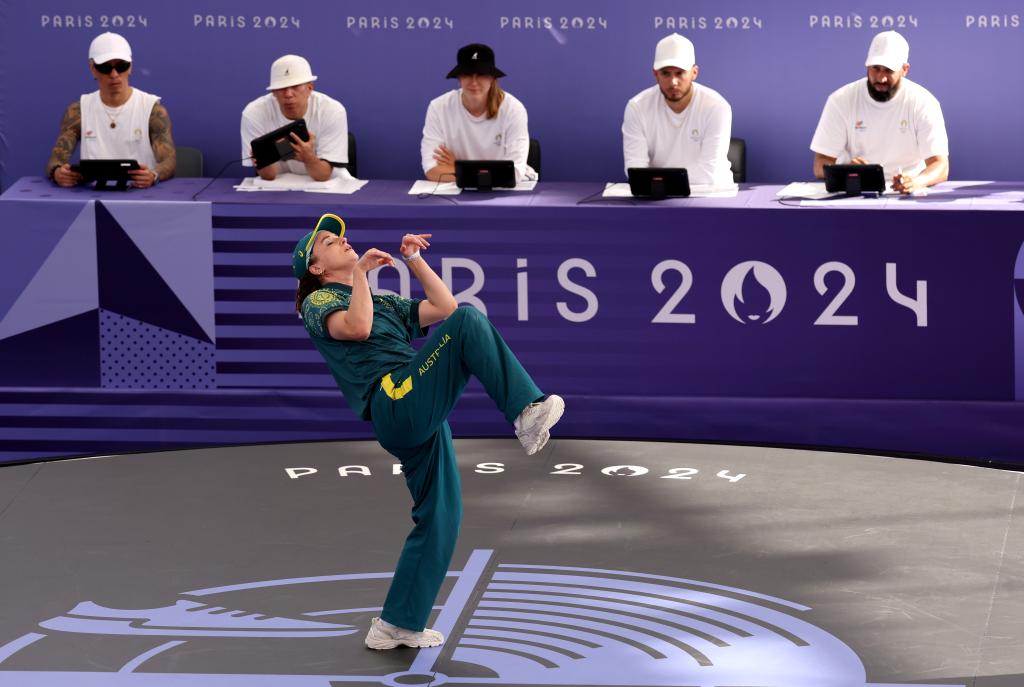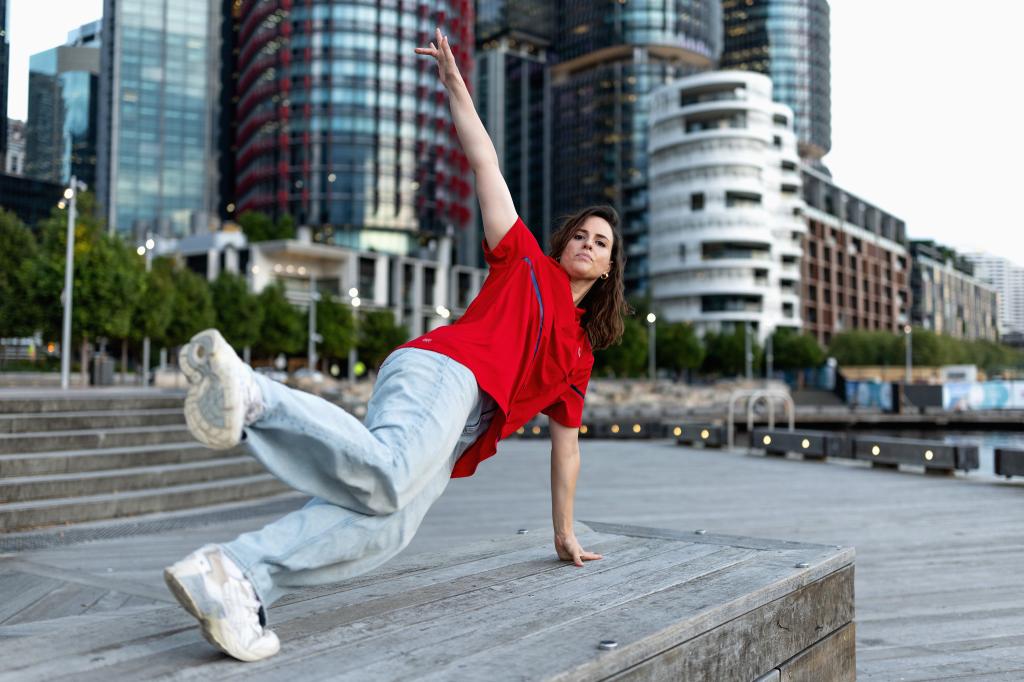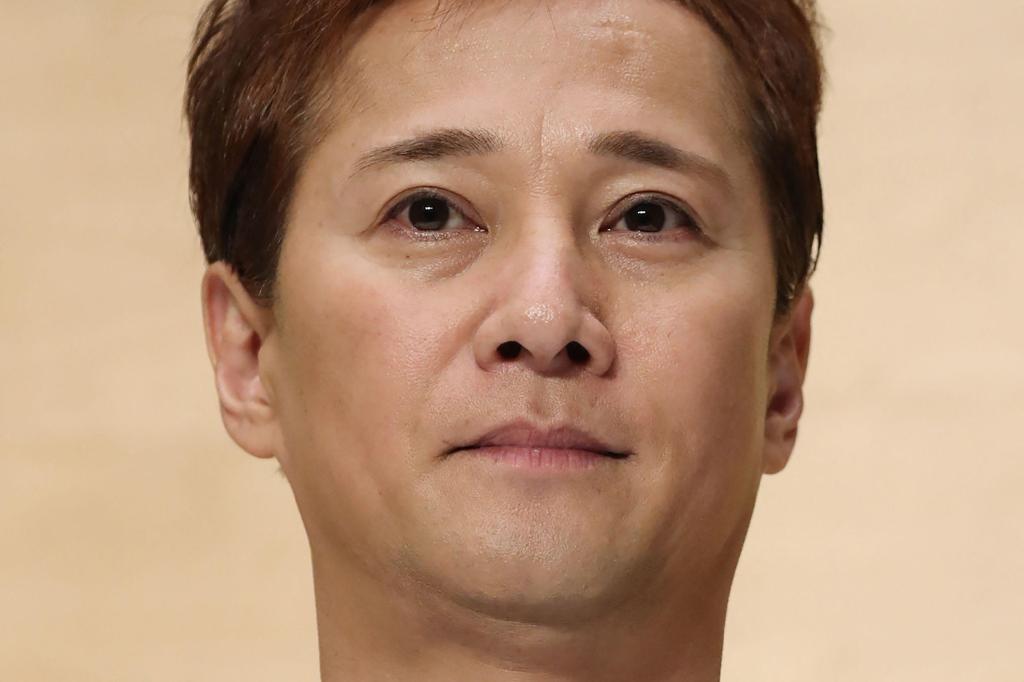Rachael Gunn's Journey from Olympic Pressure to Self-Discovery
Discover how Rachael Gunn transformed Olympic pressure into personal growth, finding joy in breaking beyond the competitive stage.

Key Points
- Rachael Gunn stepped back from competitive breaking after facing harsh backlash from her performance at the Paris Olympics.
- Despite stepping away from competition, Gunn continues to embrace dance joyfully, focusing on her passion rather than public scrutiny.
- Support from fellow athletes and the dance community highlights the positive impact an athlete can have beyond competition, showcasing resilience and self-discovery.
In the world of competitive sports, athletes often face immense pressure to perform, not only for themselves but for their country. This pressure can be amplified on the grandest stages, such as the Olympics. One of the most striking examples of this phenomenon is Australian breakdancer Rachael “Raygun” Gunn, whose debut at the 2024 Paris Olympics was met with a storm of criticism that led her to retire from competitive breaking. Gunn’s journey reflects not only the challenges that athletes face in the public eye but also the importance of resilience and self-identity.

The Backlash
The debut of breaking as an Olympic sport was a pivotal moment in the history of dance sports, but unfortunately for Gunn, her performance did not go as planned. Losing all three of her round-robin battles by the staggering score of 54-0, her unconventional routines, which included moves like the “kangaroo hop”, quickly became fodder for ridicule. Despite her background as a university lecturer and an accomplished dancer, the scrutiny she faced online turned her into an overnight sensation for all the wrong reasons.
The aftermath of her performance saw her besieged by conspiracy theories, online mockery, and an exhausting media frenzy. An online petition, garnering over 50,000 signatures, accused her of manipulating the Olympic qualification process, which was later deemed unfounded by the
. “The conspiracy theories were totally wild”, Gunn stated, reflecting on the impact of such unfounded narratives on her mental state.

A Shift in Perspective
Faced with this backlash, Gunn made the decision to step back from competition. “I was going to keep competing, for sure, but that seems really difficult for me to do now”, she remarked during an interview. This decision highlights how the pressure of public perception can hinder the passion that athletes have for their sport. Gunn's experience underscores a critical insight: fame can sometimes come at the cost of one's mental wellness.
While she may have stepped away from competitive dancing, it doesn't mean Gunn has abandoned her passion for breaking altogether. “I still dance and I still break... but that’s like, in my living room with my partner”, she shared. This shift illustrates how finding joy in a sport can transcend competition, reminding us that the essence of dance lies in its ability to express one’s self, regardless of a competitive context.

Support Amidst Adversity
What is heartening, however, is the support Gunn received from her fellow athletes and the public. Amid the criticism, many praised her courage and vulnerability in the face of such public scrutiny. From fellow Olympians to members of the street dance community, messages of hope and inspiration flooded in.
Gunn’s story serves as a reminder that even in moments of public failure, personal growth and support from the community can illuminate a path forward. As she said, “The people that have like said, ‘you have inspired me to go out there and do something that I’ve been too shy to do.’” This acknowledgment of the positive impact she has had on others speaks to the often overlooked role athletes play beyond mere competition.
In summary, Rachael Gunn’s trajectory during the Paris Olympics is a powerful narrative about resilience, the struggle for self-identity, and the importance of community support in the face of adversity. Her retreat from competitive breaking does not signify defeat but rather a transition to embracing dance on her terms, savoring its joy outside the pressure of public scrutiny. As we reflect on her journey, let us remember that every setback can reveal new paths and opportunities for personal fulfillment.


